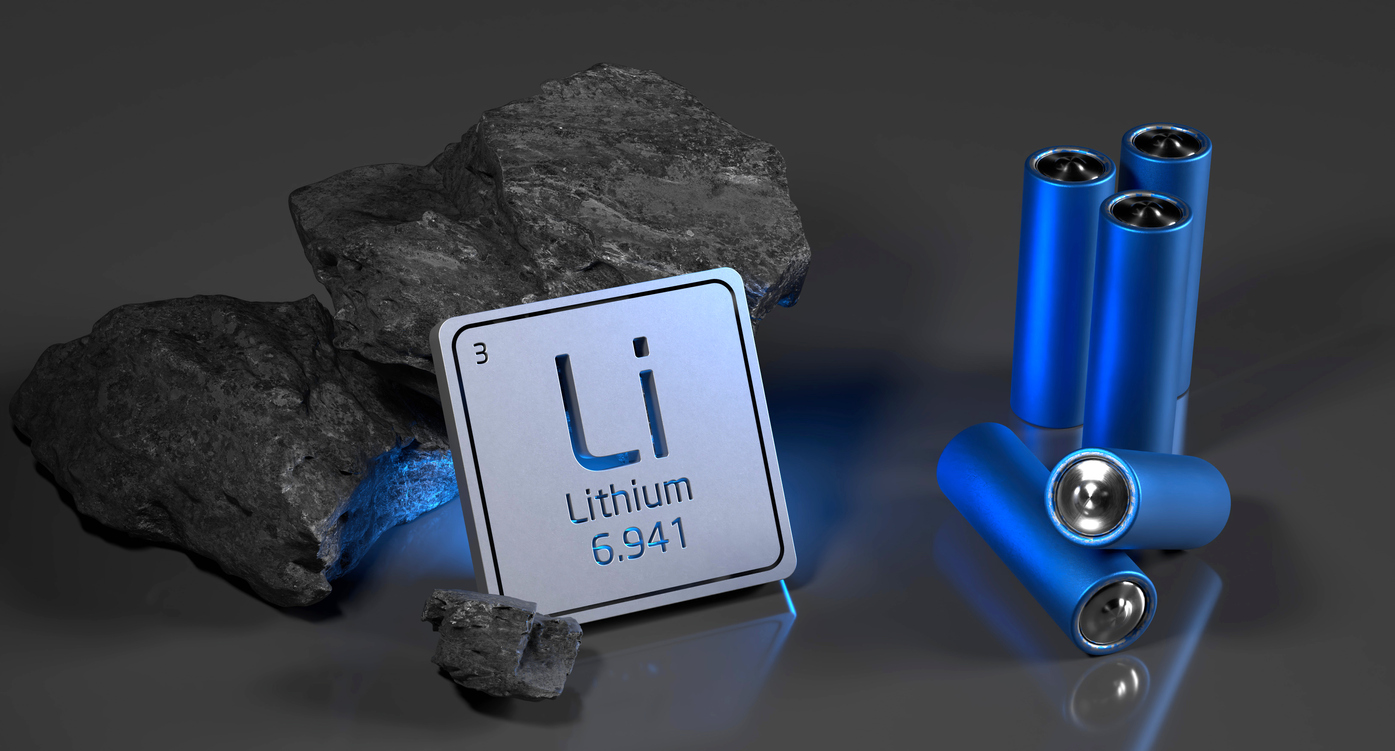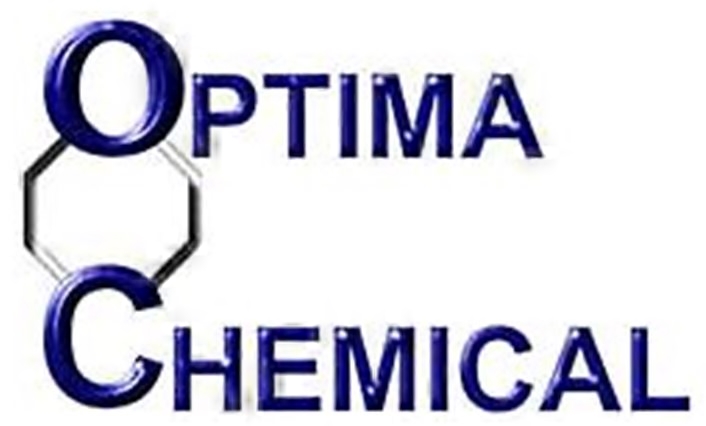
Recycling lithium-ion batteries has several benefits, including reducing the demand for new raw materials, lowering the environmental impact of mining, and reducing the amount of hazardous waste that would otherwise end up in landfills.
Chemical separation, Black Mass recovery, is one of the techniques used in the recycling of batteries to recover valuable metals like lithium, cobalt, nickel, and copper. The process involves the use of chemicals to selectively dissolve and extract metals from the battery materials.
One common chemical separation process used in battery recycling is hydrometallurgy, which involves the use of aqueous solutions to dissolve and extract metals from battery materials. The process typically involves several steps, including:
- Leaching: The shredded materials are then treated with an acidic or alkaline solution to dissolve
the metals. - Purification: The dissolved metals are purified to remove impurities and other metals that are
unwanted. - Recovery: The purified metals are then recovered from the solution by precipitation or electro-
winning.
The recovered metals can then be further refined and processed into high-purity materials that can be used in the production of new batteries or other products. The choice of technique depends on the type of battery and the specific metals that need to be recovered.
Optima has assisted several companies in developing specialty cathode materials and battery additive materials and are now working with companies on how to solve the recycling of the metals back into the battery. We have successfully developed the pilot processes and commercial process for these chemistries. Maybe we can assist you in solving problems and developing your commercial process.



